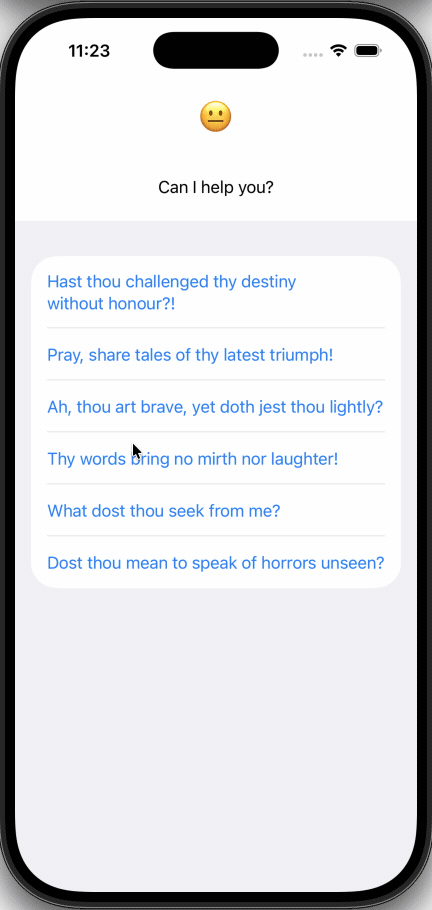Cognitive Load
I have been thinking a lot about my use and adoption of AI. You've probably been doing the same. For me, there are two questions that keep popping up:
- How can I use AI to make me a better person? (Intrapersonal)
- What is responsible use of AI? (Interpersonal)
This post deals primarily with the first question. Specifically, how can I use AI to be a better learner?
Learning is such a huge part of my life. I'm studying a Masters degree, I'm homeschooling my kids, I practice Italian, Auslan, and various musical instruments. So, if AI can unlock some sort of super-power when it comes to learning, that would be amazing.
What makes something hard to learn? How can we make it easier? Those are the questions behind Sweller's cognitive load theory.
Let's define learning a little better, using cognitive load theory's definitions. We can break "learning" it into two categories: schema acquisition and automation.
Schema acquisition is the process of creating a mental structure to organise new information as it arrives. Without that structure, information has no home inside our brain, and is, at best, relegated to a cognitive junk drawer where retrieval is very difficult (or at worst, simply forgotten). When we learn, we construct schemas in our mind, and organise information within them.
Automation is the fluency with which we can access learned skills or information. Cognitive activity which requires deliberate thought is difficult. As we learn, it becomes automated, second nature, easy. For native English speakers, reading this post shouldn't require very much conscious effort (or so I hope), because reading English has become automated.
Our goal in learning is to build schemas in long-term memory which can be automatically accessed.
Cognitive load theory proposes that when our brains are focused on activities unrelated to schema acquisition or automation, our working memory becomes overloaded. That's what makes learning hard.
So how can AI help?
I came across this study published in the latest issue of Computers & Education: Artificial Intelligence: Do AI chatbot-integrated writing tasks influence writing self-efficacy and critical thinking ability?
The results were surprising, at least to me.
Before reading the article, I would have assumed that lack of direct practice with writing tasks would lead to skill atrophy. If I had thought about it a little longer, I might have realised that this didn't match my own subjective experiences, but I probably would have stuck with that line: If you use AI to help you write, you will, over time, become a worse writer and a worse critical thinker.
But that's not what the study showed. The results revealed no statistical difference in terms of both critical thinking ability and writing self-efficacy. Why? Because writing with ChatGPT actually helps you learn the content that you're writing about. It removes the structure and formatting cognitive overhead from writing tasks, and focuses more directly on schema acquisition and automation.
So let's get practical. Here's an AI technique that hugely boosted my understanding of a particular topic: The Interview.
I asked AI to interview me about a particular topic, asking me to justify my opinions and further develop ideas. I uploaded a sample of my work, and prompted ChatGPT like this:
Take a look at the work I've done so far on [topic]. I'd like you to interview me about the decisions I made while preparing it. Your goal is to get me to justify some of my thoughts, ideas and philosophies.
Give me one question at a time. Feel free to continue building on an idea, or switching to a new question. Make it interview style. You're in control (so don't ask me where to take the interview next, you make those decisions based on my responses, digging deeper on a topic if you think there's more to say).
The key operating principle here is creating a goal-free problem. Each question is completely open ended, able to be ignored or redirected, answered without format or structure, with no external pressure, and I don't have to work backwards to arrive at any particular answer. This drastically reduces cognitive overhead, allowing my brain to focus almost entirely on schema formation.
Do you have a similar "goal-free" prompt that you use to learn? I'd love to hear about it.



